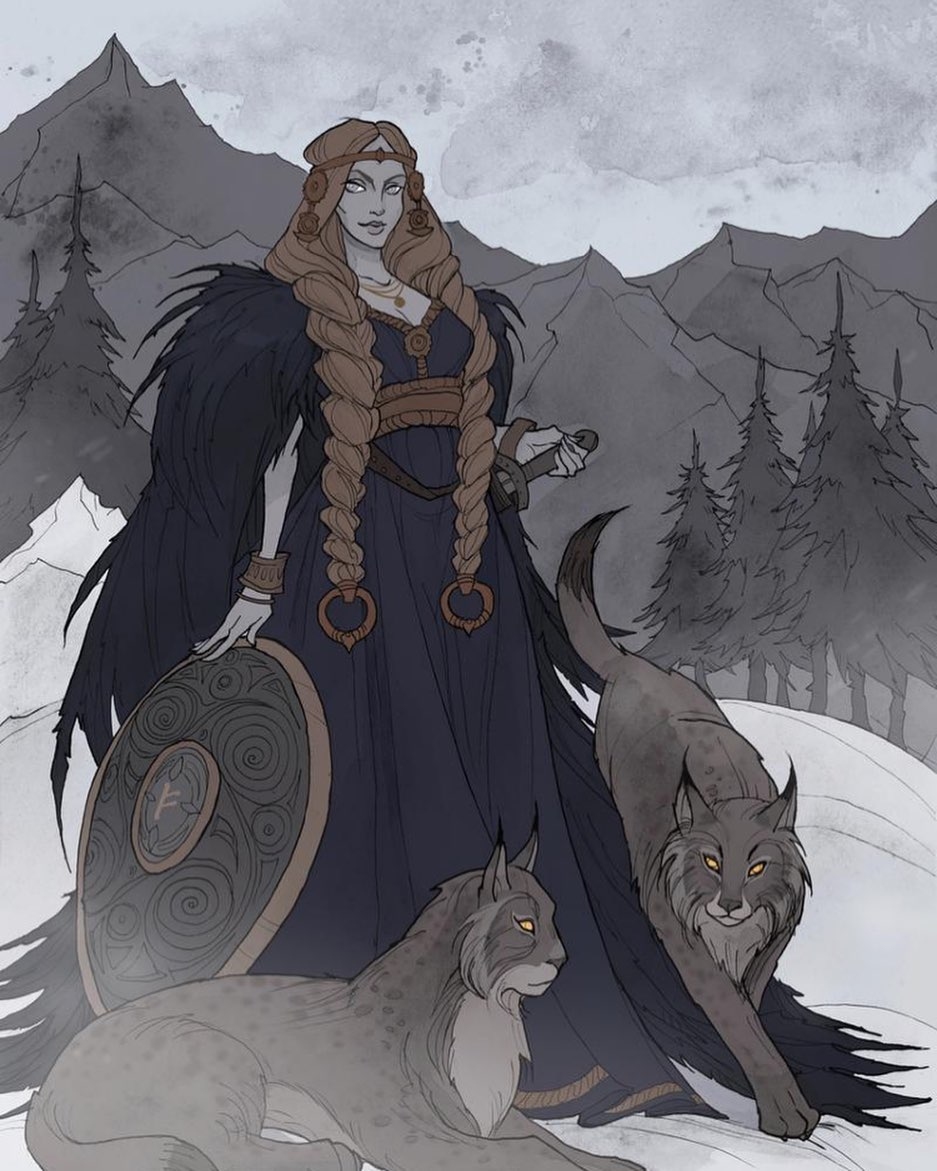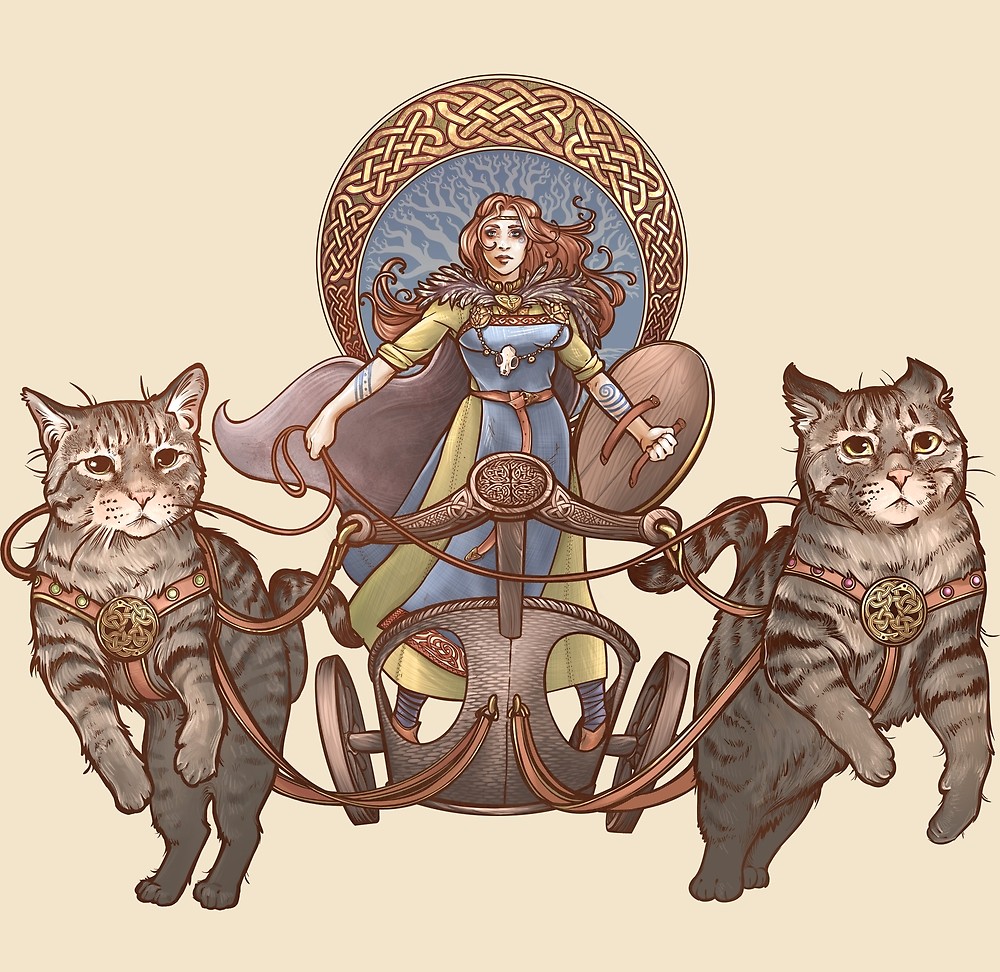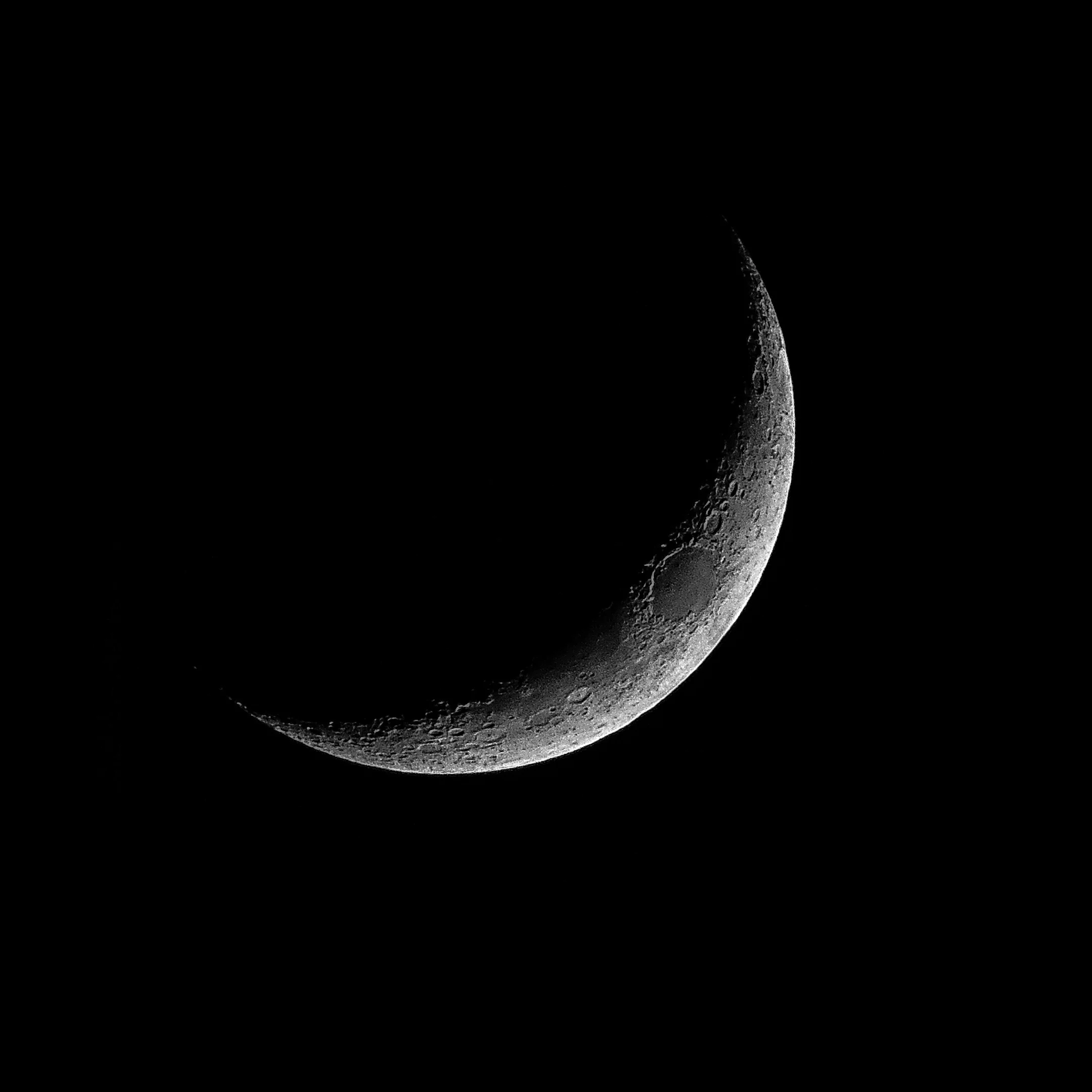About the God Lugh
Lugh is a Celtic god who was once worshipped across Western Europe and the British Isles. Other names for him are Lug, Luc, Master of All Skills, and The Shining One. In Wales he is known as Lleu Llaw Gyffes, which means Bright One of Skillful Hand, and in other parts of Europe he was known as Lugos, or Raven.
He is the lord of the sun, light, victory, craftsmanship, and war. Lugh’s favored people are physicians, soldiers, warriors, artists, artisans, crafts people, and poets. He’s considered a master poet, warrior, sorcerer, metalworker, cupbearer, physician, harper, and builder.
Lugh is known for using spears in battle, writing poetry, and playing the harp. His planet is the Sun, his plant is red corn cockles, his bird is the raven, and his animals are the lion and horse.
According to Encyclopedia of Spirits: The Ultimate Guide to the Magic of Fairies, Genies, Demons, Ghosts, Gods & Goddesses by Judika Illes, “At least fourteen European cities are named for Lugh including Laon, Leyden, Loudon, and Lyon. Lyon’s old name was Lugdunum, meaning “Lugh’s Fort.” That city is believed to have been his cult center. Its coins bore the images of ravens, which may be a reference to Lugh. Carlisle in England, the former Lugubalium, is also named in Lugh’s honor. Some theorize that Lugh’s name is reflected in an older name for Paris: Lutetia. The Romans identified Lugh with Mercury. Many European churches dedicated to Michael the Archangel are believed to have been built over sites once dedicated to Lugh. Post-Christianity many of Lugh’s sacred functions were reassigned to saints like Patrick and Luke.”
This explains why in the STARZ original series American Gods based on the Neil Gaiman novel of the same name, there’s a scene where the character Lugh drunkenly yells at a statue of St. Patrick in New Orleans.
As a deity, Lugh is divided between two groups: his father’s people, the Tuatha Dé Danaan and his mother’s people, the Fomorians. He chooses his father’s side in a battle against his mother’s side. As Illes states in Encyclopedia of Spirits, “the myth may be interpreted as indicating the beginnings of patriarchy in Ireland.”
The Fomorians
Also known as Fomoire in Old Irish and Fomhóraigh, there are only pieces of information about the Fomorians. Interestingly, Illes does not include further information about the Fomorians in Encyclopedia of Spirits, although many mythological blogs do write more on this subject.
This piece goes into greater detail about the myths and legends related to the Fomorians, but as with most pagan traditions, very little is known. This occurs with much older faiths for multiple reasons. Often the people who worshipped pagan deities did not have a written language, and capturing the power of words in symbols was considered a sacred act and only done by those of a certain spiritual rank, such as druids, shamans, priests and priestesses, or other spiritual leaders.
What is known about many faiths is through the eyes of those who conquered them. For example, most of what we know about Celtic faiths is from the Romans, who did have a written language. Often the original sacred sites, shrines, and objects were destroyed or replaced by the people and faiths that conquered them. As time passes, objects and places turn into ruins, and history is forgotten, especially as the local populations change faiths.
The scattered information that exists about the Fomorians states that they were related to the sea, sometimes considered sea creatures or monsters. They were associated with ships and seafaring, which some interpret to mean that the Fomorians could have been Nordic people. The Fomorians also may have been very tall.
Some depictions state that they had one leg or one eye, and were large, hideous creatures. They’re seen as resembling chaos, disorder, evil, night, wild nature, and likely were hunter-gatherers. They were the rivals and sometimes spouses of the Tuatha Dé Danaan, who likely conquered and colonized the Fomorians.
Disputes between the two lead us to the story of Lugh, who chose to align himself with the Tuatha Dé Danaan, his father’s people.
The Tuatha Dé Danaan
Based in Ireland, the Tuatha Dé Danaan means “Children of Danu.” They are depicted in Lebor Gabála Érenn, known in English as The Book of Invasions or The Book of Conquests, which is about the mythic invasions of Ireland, and was written in the 11th century.
Compared to the Fomorians, the Tuatha Dé Danaan were seen as representing order, farming, good, light, and the attributes of those who brought in order amidst the chaos. They were later conquered and displaced by the Gaels.
In Encyclopedia of Spirits, Illes states that “When the Gaels successfully invaded Ireland, their predecessors, the divine Tuatha Dé Danaan were literally driven underground. They established their own parallel realms beneath the Earth. Fairy mounds are their portals. The Dagda, among the leaders of the Tuatha Dé Danaan assigned each member of the Tuatha Dé residence in a sidhe or mound. The Tuatha Dé Danaan became known as the Sidhe.”
Some other well known members of the Tuatha Dé Danaan are Angus mac Og, the Dagda, Boann, Blathnat, Aine, Airmid, Dian Cecht, Manannan, Becuma, and Ogma.
RELATED BLOG POSTS
7 Ways to Celebrate Litha, the Summer Solstice
All About Beltane
Ostara: The Celebration of Spring
Imbolc: Meaning, Traditions & a Tarot Reading




























